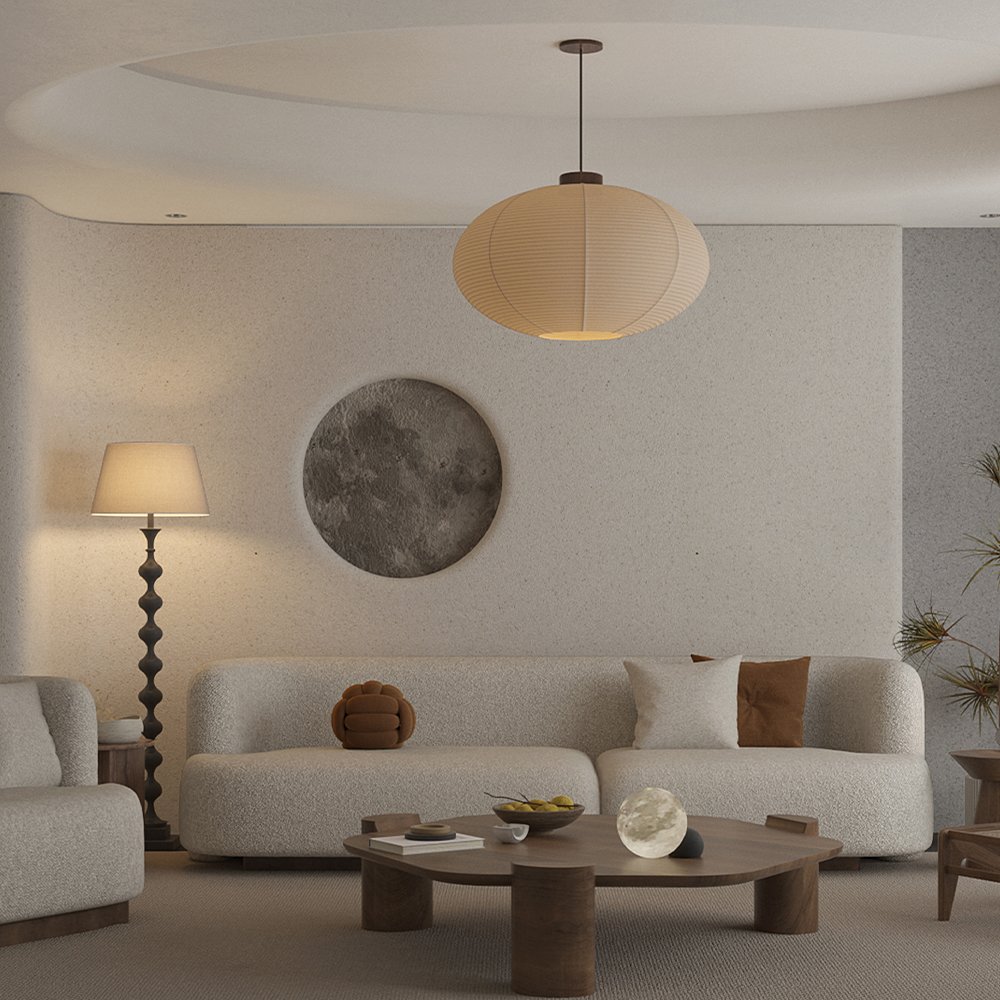Moisture intrusion is a common and persistent problem in many homes, especially in regions with high humidity, frequent rainfall, or poorly ventilated spaces. From musty odors and unsightly mold growth to structural damage like peeling paint, warped wood, and weakened plaster, dampness can compromise both the integrity and livability of a property. Traditional solutions, such as basic waterproof paints or sealants, often fall short—they may block moisture temporarily but lack the flexibility to adapt to the natural movement of walls, leading to cracks andover time. This is where elastic wall coating emerges as a game-changing solution for damp-proofing, combining durability, flexibility, and moisture resistance to protect your walls long-term.

#Understanding the Problem: Why Traditional Damp-Proofing Fails
Most walls, whether concrete, brick, or plaster, are not entirely impermeable. Over time, tiny cracks form due to temperature fluctuations, settling, or structural stress. Traditional rigid waterproof coatings, while initially blocking moisture, cannot stretch to accommodate these cracks. As a result, water seeps through the gaps, causing dampness to reappear. Additionally, many waterproof paints trap moisture inside the wall, preventing vapor from escaping. This trapped moisture leads to blistering, peeling, and even mold growth behind the coating—exacerbating the problem rather than solving it.
#The Science Behind Elastic Wall Coating: How It Stops Dampness
Elastic wall coating, also known as flexible wall coating, is engineered with advanced polymer technology to address these flaws. Its key component is a high-quality elastic polymer binder, such as acrylic, polyurethane, or silicone, which forms a continuous, flexible film when dry. Unlike rigid coatings, this film can stretch up to 300% of its original size (depending on the product) and return to its shape, effectively bridging existing cracks and preventing new ones from forming.
But elasticity is just one part of its success. Elastic wall coating also acts as a moisture barrier: the dense polymer structure blocks liquid water from penetrating while remaining breathable. This breathability is critical—it allows water vapor trapped inside the wall (from condensation or leaks) to escape, preventing pressure buildup that would otherwise cause the coating to bubble or peel. The result is a coating that not only keeps external moisture out but also maintains the wall’s health by regulating internal humidity.
#Key Benefits of Elastic Wall Coating for Damp-Proofing
1. Long-Lasting Damp Resistance: Unlike temporary fixes, elastic wall coating creates a durable barrier that withstands years of wear. Its resistance to UV rays, temperature changes, and water exposure ensures the damp-proofing effect remains intact, even in harsh environments.
2. Superior Crack Prevention: The coating’s elasticity absorbs wall movements, whether from thermal expansion, settling, or minor structural shifts. This prevents new cracks from forming and seals existing ones, eliminating entry points for moisture.
3. Breathable Protection: By allowing vapor to escape, elastic wall coating avoids the “trapped moisture” issue common with non-breathable products. This is especially vital for internal walls in bathrooms, kitchens, or basements, where humidity levels are consistently high.
4. Versatile Applications: Elastic wall coating works on nearly all wall surfaces, including concrete, brick, plaster, and drywall. It is suitable for both interior and exterior use, making it ideal for damp-prone areas like bathrooms, kitchens, basements, laundry rooms, and exterior walls in humid climates.
5. Aesthetic Flexibility: Beyond functionality, elastic wall coatings come in a wide range of colors, finishes (matte, satin, gloss), and textures. This means you don’t have to sacrifice style for protection—you can match the coating to your home’s decor seamlessly.
#Where to Use Elastic Wall Coating: Targeted Damp-Prone Areas
Elastic wall coating is particularly effective in spaces where moisture is a constant concern:
- Bathrooms & Showers: High humidity and frequent water splashes make these areas prime for mold and mildew. Elastic coating forms a waterproof barrier while allowing steam to escape, keeping walls dry and clean.
- Kitchens: Steam from cooking and water from sinks can lead to moisture buildup. The coating’s resistance to water and oil stains adds an extra layer of practicality.
- Basements: Often prone to groundwater seepage or condensation, basements benefit from the coating’s ability to block external moisture and release internal vapor, preventing musty smells and structural rot.
- Exterior Walls: Rain, snow, and humidity can penetrate exterior walls, causing dampness indoors. Elastic coating’s weather resistance and UV protection make it a reliable choice for external damp-proofing.
- Laundry Rooms & Utility Areas: Washing machines, dryers, and pipes generate consistent moisture—elastic coating keeps walls dry and easy to clean.
#Choosing the Right Elastic Wall Coating: Key Considerations
Not all elastic wall coatings are created equal. To ensure optimal damp-proofing results, keep these factors in mind:
- Elasticity Rating: Look for products with a high elongation rate (e.g., 200-300% stretchability). This indicates better crack-bridging ability.
- Waterproof Certification: Check for industry certifications (e.g., ISO, ASTM) that verify waterproof performance. Look for terms like “waterproof grade” or “moisture resistance class.”
- Breathability: Ensure the coating is vapor-permeable (measured by perm ratings). A higher perm rating means better moisture escape.
- Eco-Friendliness: Opt for low-VOC (volatile organic compounds) or zero-VOC options to minimize indoor air pollution and health risks.
- Brand Reputation: Choose established brands with positive reviews for durability and customer support. Avoid generic products with untested claims.
#Pro Tips for Applying Elastic Wall Coating
Even the best elastic wall coating will underperform without proper application. Follow these steps for success:
1. Prepare the Surface: Clean walls thoroughly to remove dust, grease, or mold. Repair cracks, holes, or uneven areas with a suitable filler, and sand smooth. Ensure the surface is completely dry (moisture content below 10% for most products).
2. Prime if Needed: Some porous surfaces (like new concrete or plaster) may require a primer to improve adhesion. Check the product instructions.
3. Apply Evenly: Use a brush, roller, or sprayer for application. Apply 2-3 thin coats rather than one thick coat to avoid drips and ensure uniform coverage. Allow each coat to dry fully (typically 4-6 hours, depending on humidity).
4. Maintain Thickness: Aim for a total dry film thickness of 150-200 microns, as specified by the manufacturer, for optimal elasticity and waterproofing.
5. Cure Time: Let the final coat cure for 24-48 hours before exposing it to moisture.
#Conclusion: Invest in Elastic Wall Coating for Lasting Damp-Proof Protection
Dampness in walls is more than a cosmetic issue—it threatens your home’s structure and your family’s health. Elastic wall coating offers a proactive, long-term solution by combining flexibility, moisture resistance, and breathability to keep walls dry, strong, and beautiful. Whether you’re renovating a bathroom, finishing a basement, or protecting exterior walls in a humid climate, this innovative coating is a worthwhile investment. By choosing the right product and following proper application steps, you can enjoy a damp-free home for years to come.



